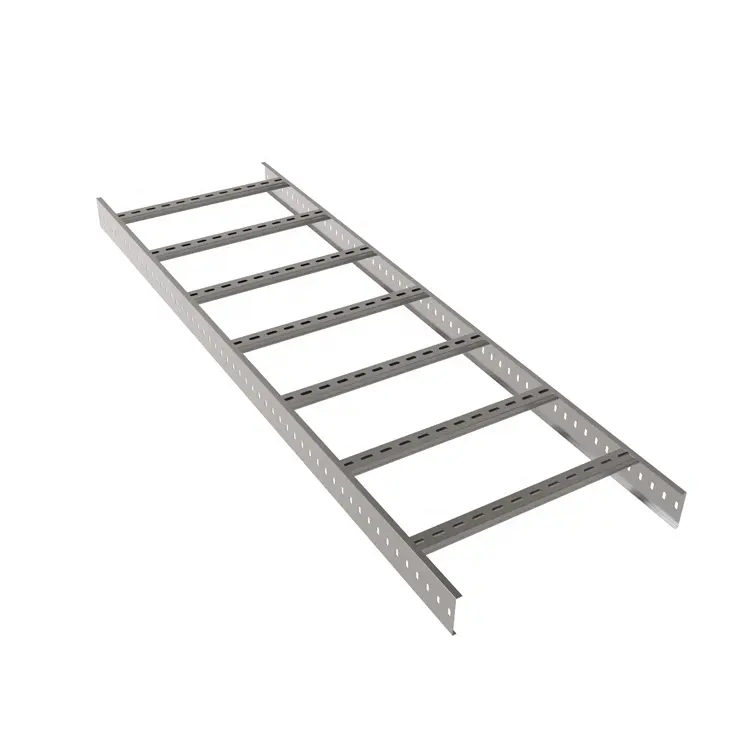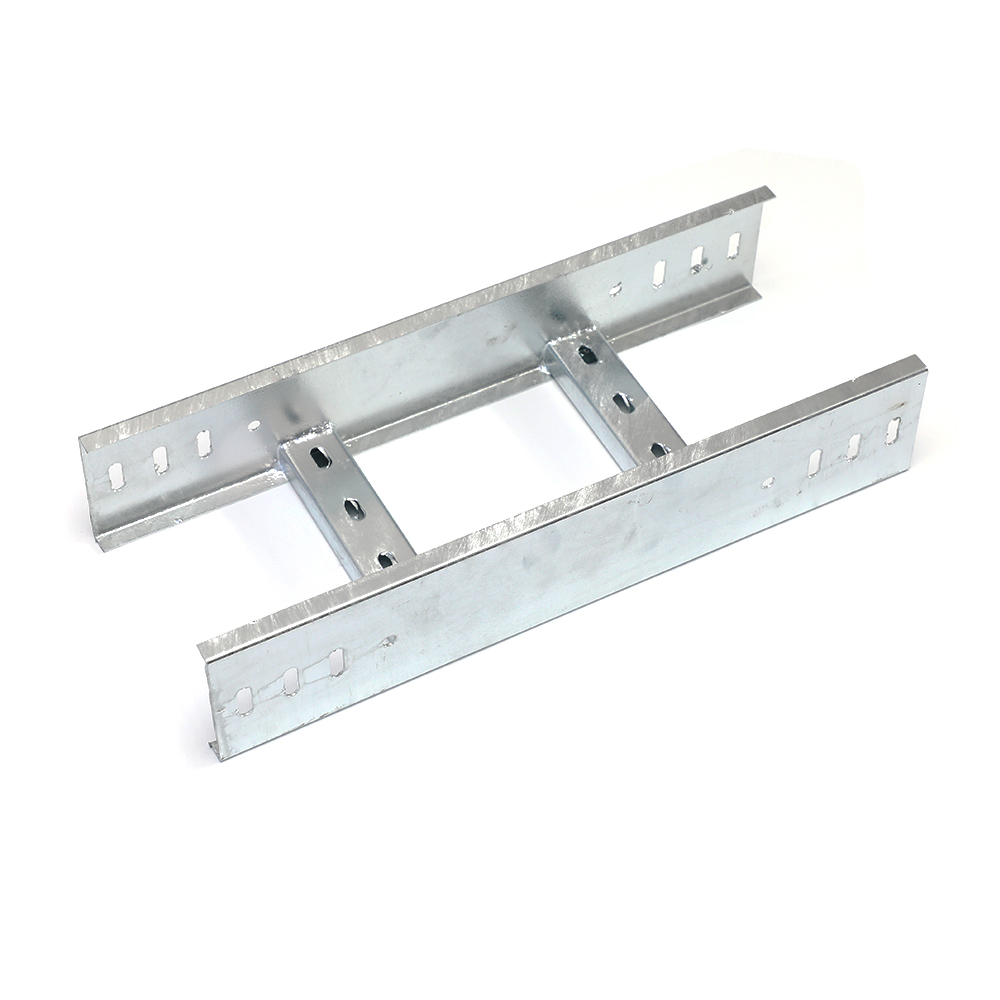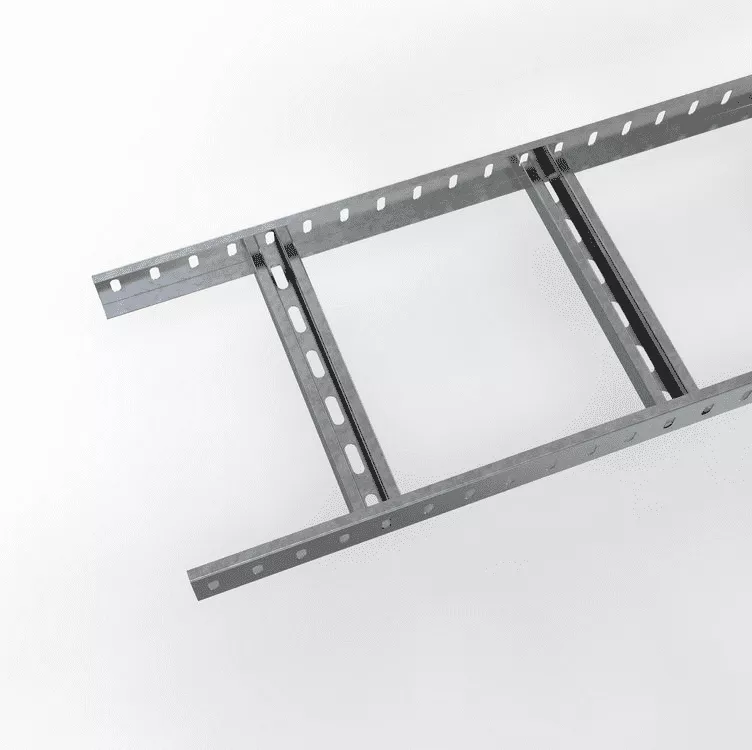How to Determine Cable Ladder Specifications?
Selecting the appropriate specifications for a cable ladder is a critical step in electrical wiring projects, directly impacting circuit safety, heat dissipation, and system scalability. Proper sizing requires comprehensive consideration of multiple dimensions, including mechanical strength, space utilization, operating environment, and long-term maintenance needs.
1. Load-Bearing Capacity Assessment
The structural strength of the cable ladder must be sufficient to support the total static weight of all cables (including conductors and insulation) and any temporary live loads that may occur during installation or maintenance (e.g., worker foot traffic or tool weight). Selection should be based on the load ratings provided by the manufacturer, differentiating between the load-bearing characteristics of materials like steel and aluminum alloy, ensuring the ladder remains structurally stable under full load.
2. Cable Fill Ratio Control
To prevent cable insulation damage or poor heat dissipation caused by overcrowding, the cross-sectional area occupied by cables within the ladder must be strictly controlled. International electrical codes (such as NEC, IEC standards) typically specify that the total cross-sectional area of cables should not exceed a certain percentage (commonly 40%-50%) of the ladder’s internal clear area. By calculating the ratio of the sum of cable diameters to the ladder’s effective cross-section, the required width and side rail height can be determined.
3. Adaptation to Operating Environment
- Temperature and Humidity Effects: High-temperature environments require increased cable spacing or deeper ladder sections to enhance heat dissipation; damp locations should utilize corrosion-resistant materials like hot-dip galvanized steel, stainless steel, or composite coatings.
- Fire Safety Requirements: Circuits for fire protection or in public gathering places require flame-retardant or fire-resistant cable ladders, whose construction must comply with relevant fire safety certifications.
- Electromagnetic Interference: When power and signal cables share the same ladder, partitions or multi-tiered ladders should be used to meet electromagnetic compatibility requirements.
4. Structural Parameter Optimization
- Rung Spacing: Closer rung spacing (below 150mm) is suitable for supporting smaller diameter cables, while wider spacing (above 300mm) is better for heavier, larger cables. The specific spacing should match the cable’s minimum bending radius.
- Ladder Routing: Select components like horizontal bends, vertical risers, and reducers based on the installation path. Custom non-standard fittings can be used for complex layouts.
5. Ancillary System Configuration
- Support Systems: The spacing of hangers and trapeze supports should be calculated with reference to the ladder’s deflection limits (typically ≤ 1/200 of the span).
- Cable Securing: Anti-vibration measures should include cable cleats, tie-down bases, and other accessories to prevent cable displacement.
- Grounding: Ensure electrical continuity throughout the run, using copper bonding straps or dedicated grounding clamps at connection points.
6. Provision for Future Expansion
It is advisable to include a 20%-30% design margin during the planning phase to accommodate future circuit expansion. For circuits with potential capacity increases, heavy-duty ladders or modular, expandable structures can be pre-installed.
Recommended Specification Process
- Identify cable types, outer diameters, and unit weights.
- Calculate the total load and preliminarily select the ladder material and structural type.
- Check the fill ratio to determine the cross-sectional dimensions.
- Select the appropriate protection level based on environmental characteristics.
- Design the support system and special components.
- Verify system compatibility and maintenance accessibility.
By employing this systematic specification method, current installation requirements can be met while also adapting to future technological developments, achieving optimal lifecycle cost. For actual projects, it is recommended to use professional design software for load simulation and obtain technical confirmation from suppliers.
Post time: Oct-29-2025



